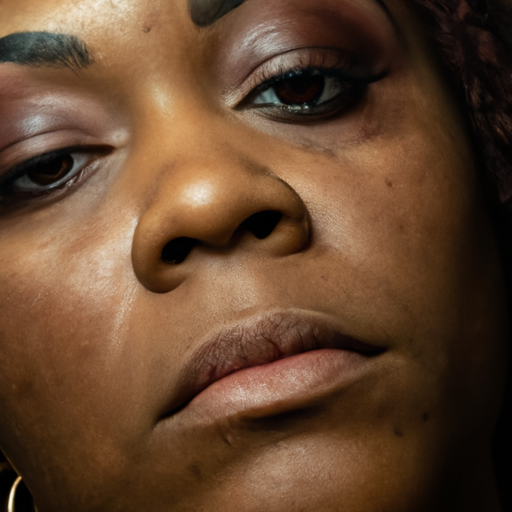As a medical professional, I often encounter patients who are dealing with the discomfort and frustration of dry skin. This common condition can be caused by a variety of factors, and its treatment often requires a multi-faceted approach. In this article, I aim to unmask the secrets behind diagnosing and treating dry skin effectively.
Dry skin, or xerosis cutis, is a condition characterized by a lack of the appropriate amount of water in the most superficial layer of the skin, the epidermis. While dry skin tends to affect hands, arms, and lower legs most frequently, it can appear anywhere on the body. Symptoms often include a feeling of skin tightness, especially after showering, bathing or swimming; skin that feels and looks rough; itching; slight to severe flaking, scaling or peeling; fine lines or cracks; redness; and deep cracks that may bleed.
Diagnosing dry skin is typically straightforward. As a doctor, I rely on both a physical examination of the skin and a thorough patient history. It’s essential to understand the patient’s bathing habits, use of moisturizers or other skincare products, diet, medical history, and any environmental factors that could be contributing to dry skin. In some cases, I may recommend a skin biopsy or other tests to rule out skin conditions that can mimic dry skin, such as psoriasis or eczema.
Once we’ve identified dry skin as the issue, we can move on to treatment. The goal of treating dry skin is not only to relieve discomfort but also to restore the skin’s natural protective barrier. This often involves a combination of changes in personal care habits and the use of over-the-counter or prescription treatments.
For personal care habits, I recommend bathing in warm (not hot) water and limiting baths or showers to 10-15 minutes. Using a gentle, fragrance-free soap can also help prevent skin from drying out. After bathing, gently pat the skin dry and apply a moisturizer immediately. This helps to lock in moisture.
When it comes to moisturizers, those that are oil-based tend to be more effective at trapping water in the skin than those that are water-based. Look for products that contain ingredients like lactic acid, urea, hyaluronic acid, dimethicone, glycerin, lanolin, mineral oil, and petrolatum.
In some cases, over-the-counter treatments may not be enough. If dry skin is severe or doesn’t improve with self-care measures, I may prescribe a prescription cream or ointment that contains hydrocortisone, a type of steroid. This can help to relieve itching and inflammation. In rare cases, if dry skin is causing significant distress or affecting quality of life, I may refer a patient to a dermatologist for further treatment.
In conclusion, while dry skin can be uncomfortable and frustrating, it’s usually treatable with the right combination of self-care measures and medical treatments. As a doctor, my goal is to help patients understand their skin and find relief from dry skin symptoms.




